On January 14, 2020 my brother and I were walking through a hall in my high school on the way to my car to go home. We heard a loud bang but thought nothing of it, thinking that something fell. 30 minutes later I learned that someone had been shot. In the past year, there had been at least one other death and multiple gun related issues in our district. But it seemed as though our school district and local Houston government was doing very little to try and prevent issues like this. Over the next couple months, I could see some of my friends taking charge, organizing protests and meeting with local leaders in Houston.
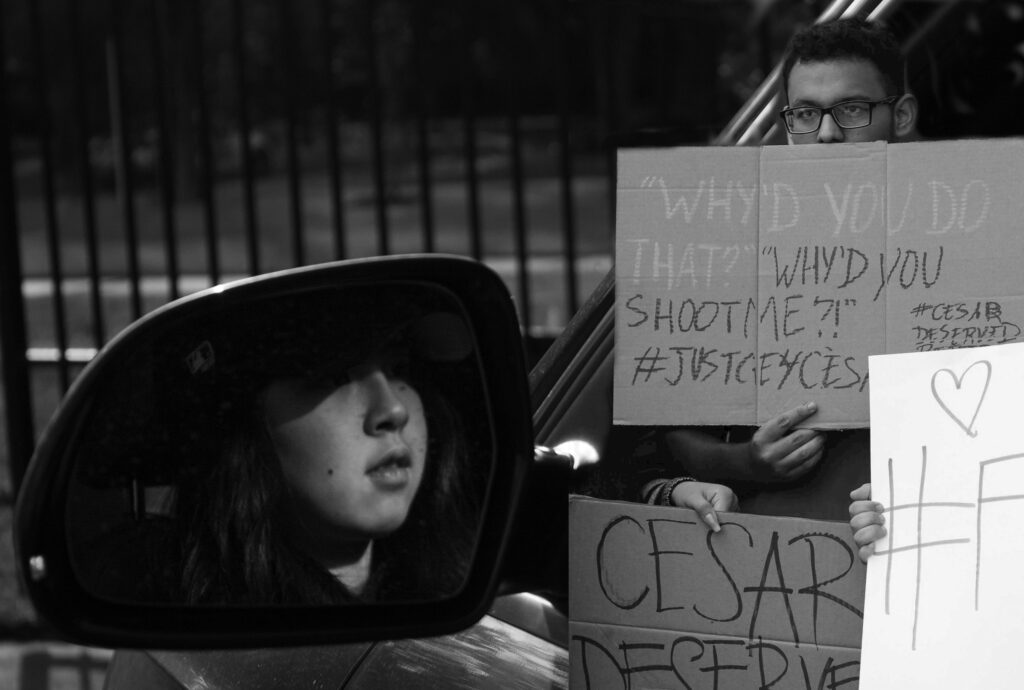
There has been a surge of political interest and action among the younger generation in the past couple years. From racial injustice and climate change, to gun control and LGBTQ+ rights, more people are standing up and sharing their opinion to try and enact change in the government. Both Atlanta and Houston have had more people calling for change and social justice. We could see the similarities between the two cities in the recent presidential election. Although Texas was still red in this past election, Houston was close to becoming blue. But the influence of a younger generation and minorities was depicted in the results of the Georgia presidential election, leading to a Democratic majority in Congress and a Democrat as President. Houston is an extremely diverse city, with people coming from all over the world to work, study, and live there. Because of it’s diversity there’s an immense culture and influence that is slowly changing what is stereotypically conservative southern.
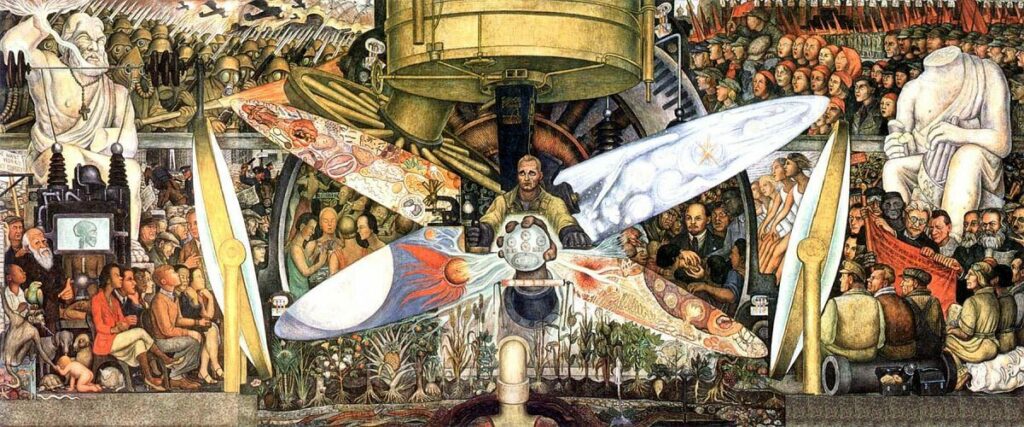
The immense amount of opinions and diversity in a city is depicted in Diego Rivera’s “Man at the Crossroads”. This image was highly controversial because of its depiction of communism, which was a taboo subject in the 1930s. But Rivera was conscious and aware of the necessity to depict all of the ideas that were forming at this time, no matter how controversial they were. The melting pot that forms in cities is what makes up the culture of it. In Houston, there are people of many races there, and I was able to go to one of the most diverse high schools in Texas. Being exposed to new opinions was when I began to form my own opinions.

From my personal experience, I had never cared much for political issues, and would share whatever opinion my parents had expressed on the topic. It was not until I had experienced these issues on a more personal level that I began to be less apathetic and take more action. It is easy to feel apathetic towards something when you feel detached from it. The rest of Gen Z and millennials are the same way. Our political opinions are influenced by our surroundings and experiences. And our impact on the political climate is not miniscule. As I mentioned before, Texas as a state was close to turning blue, which wouldn’t have even been considered a possibility in the 2016 election. Not only did the voter turnout break records this past election, especially among young adults, but among the young adults who did vote, around 65% of them voted for Joe Biden, helping him win key swing states like Georgia and Pennsylvania.
Gun control and racial injustice are the two main political issues that I have had more of a personal connection to, all because of events that have occurred in the past 2 years. Texas is known to have lax firearm regulations, making it easy for residents to obtain and possess a gun with little law enforcement. Around 1870, there were strict gun laws, prohibiting the use of weapons in public areas, as a result of the aftermath of the deadly Civil War. Laws and fines were placed on the purchasing of weapons into the 1920s. Today, gun regulation is quite the opposite. In Houston, there were an average of 550 incidents per year since 2015. There were 10 teenagers who died this past January due to gun violence.
Houston was also affected when the George Flloyd incident occurred because it was his hometown. Numerous people gathered for his burial, and soon after protesters filled the streets outside of City Hall, demanding change. Despite the threat of COVID-19, young people still gathered for a united cause, understanding the importance and injustice that was prevalent across the United States. Ludwig Meidner’s Apocalyptic Landscape depicts chaos and violence happening in a city. This reflects the chaos that occurred and that would lead to protests in Houston. Many young adults were angered by the fact that despite these events happening, change did not seem to be happening and laws were not passed.

Many student protests were organized in 2020 to bring attention to gun violence, climate control, and racial injustice in Houston. I personally knew someone who organized a March for Our Lives protest, following the shooting at my high school. News spread fast, flooding Instagram stories, Twitter feeds, and news outlets. I would see my peers sharing more and more political information on their social media. They would encourage their followers to call policial figures to demand change, going as far as to writing scripts for emails and phone calls so that the challenge of forming messages yourself would be taken away. Many people have links in their biographies on social media to send them to learn about political issues that are important.
Picasso’s Guernica was used as an anti-war protest after the bombing of Guernica, Spain. The lack of color, and use of a grayscale was chosen to create a more impactful image. Pablo Picasso used his influence in order to share his opinions on events that happened around him. For our generation, we use social media as the way to spread news and try to make an impact.
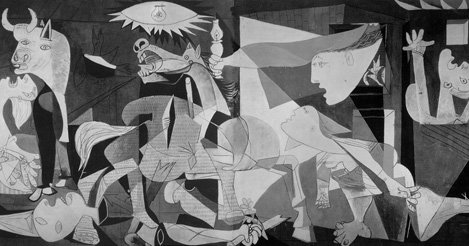

Despite being in a world where it is easy to share our opinions and spread information, protests show in a different way how important certain issues are to a group of people. Protests are much more impactful, showing unity among different races and generations. In the past year, many protests were held in Houston, and some were organized by Gen Z teenagers. Young adults’ apathy towards politics have changed, and started to become an influential generation when it comes to political change.
Works Cited
- Hess, Abigail J. “The 2020 Election Shows Gen Z’s Voting Power for Years to Come.” CNBC, CNBC, 18 Nov. 2020, www.cnbc.com/2020/11/18/the-2020-election-shows-gen-zs-voting-power-for-years-to-come.html.
- Rivas, Brennan. “Perspective | When Texas Was the National Leader in Gun Control.” The Washington Post, WP Company, 12 Sept. 2019, www.washingtonpost.com/outlook/2019/09/12/when-texas-was-national-leader-gun-control/.
- Chapin, Josh. “Gun Violence in America: Houston Averages 550 Incidents per Year.” Khou.com, 3 June 2017, www.khou.com/article/news/crime/gun-violence-in-america-houston-averages-550-incidents-per-year/285-445377691.
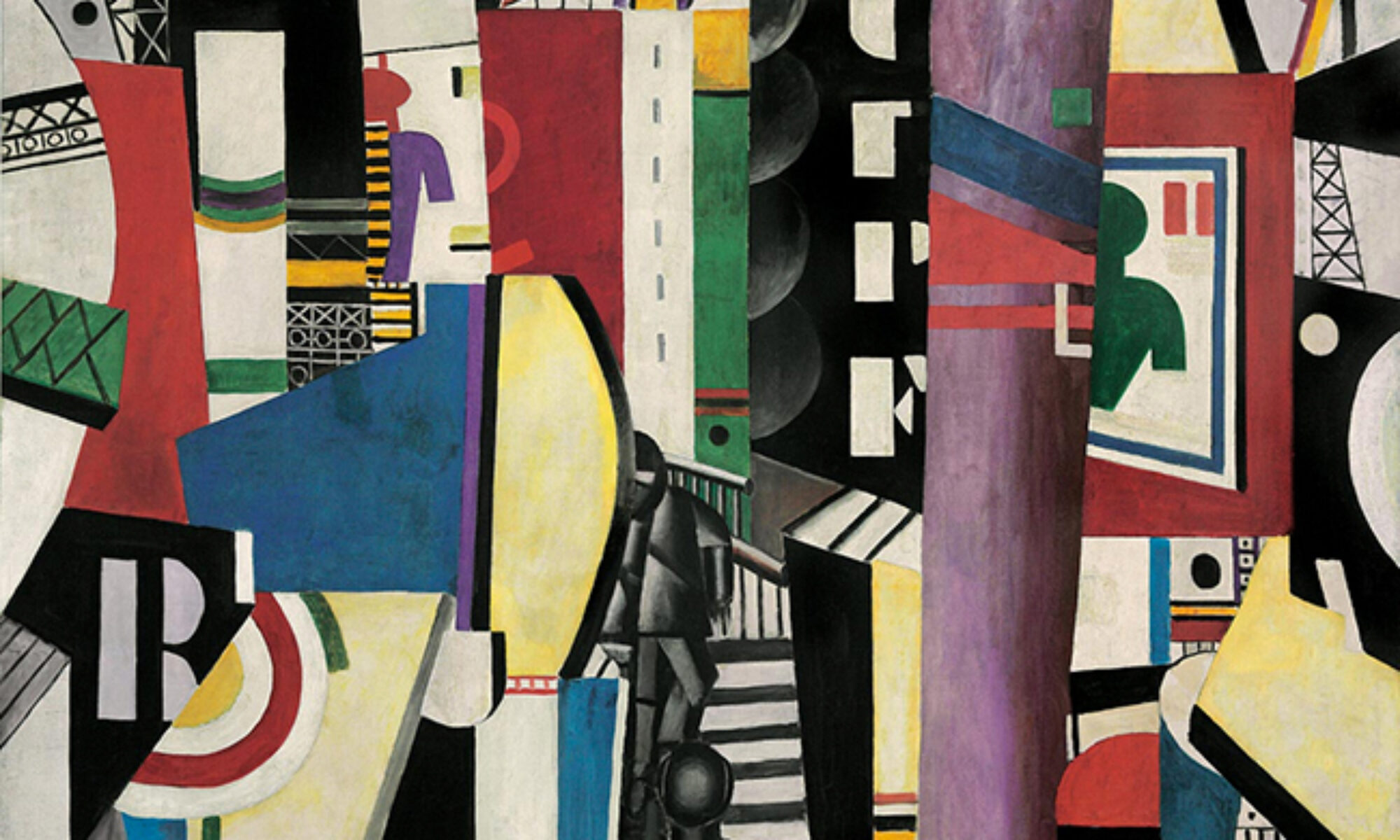
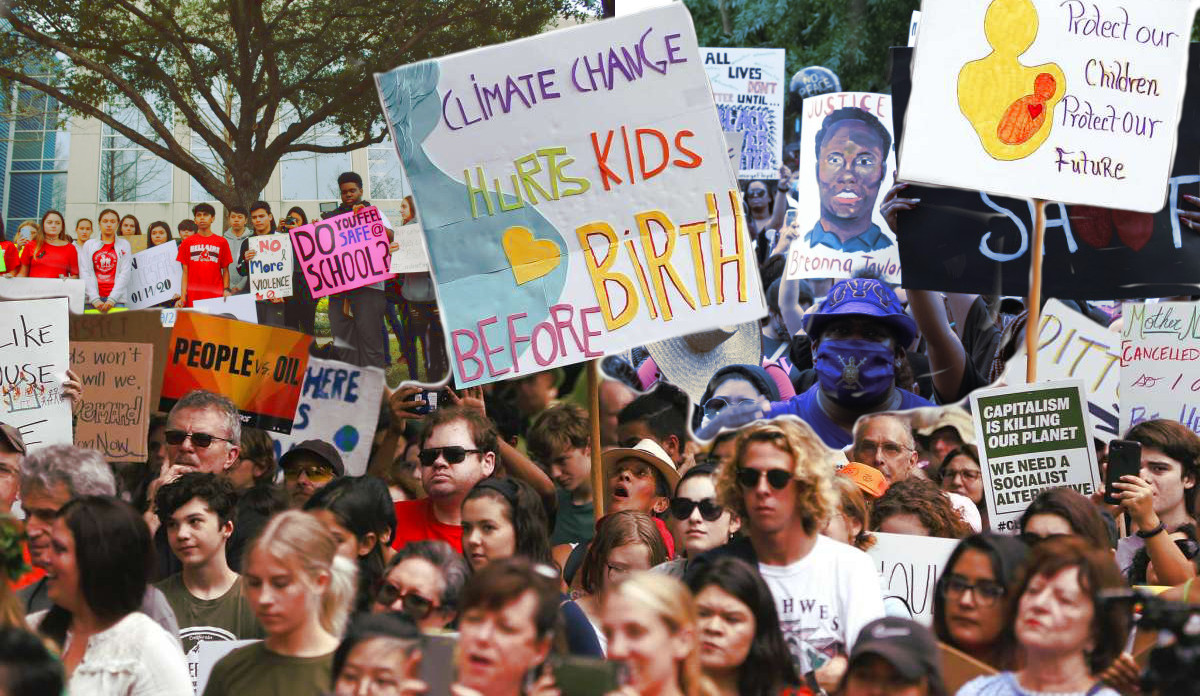
I absolutely love this. It has been on an ongoing conversation but it’s great how you related the modernist art and the recent political climate to a city such as Houston. I think it’s even better that along with drawing inferences from the art itself, you used what the art was purposed for (social activitism) , to relate that to the actions your peers took to speak on out injustice. Indeed just like the art that was used to combat and speak out against war, there is a war happening in the states currently that isn’t physical but merely intangible. That still speaks to the modernist area and that cities now are being influence heavily by new and progressive ideas held by the youth.